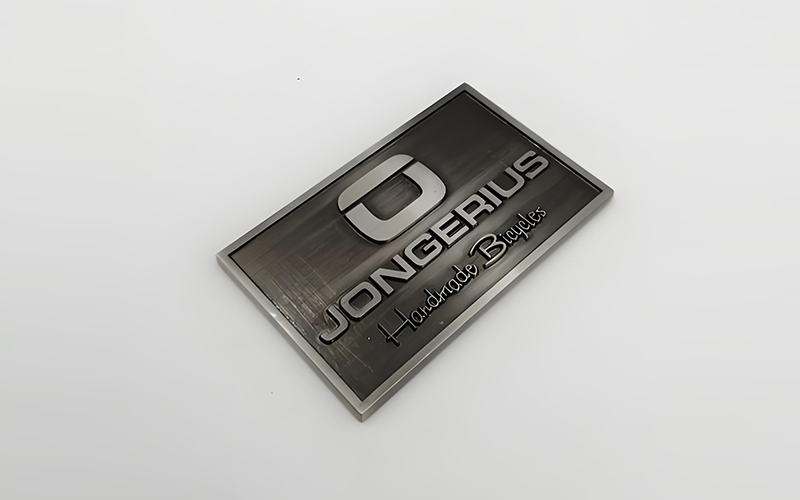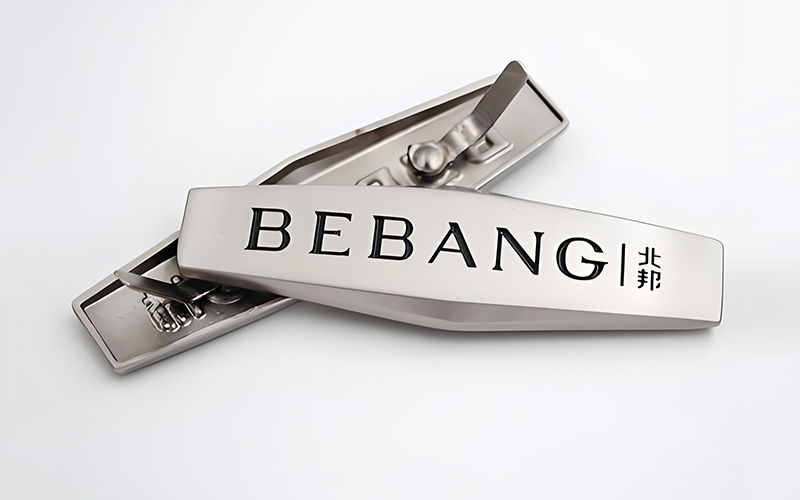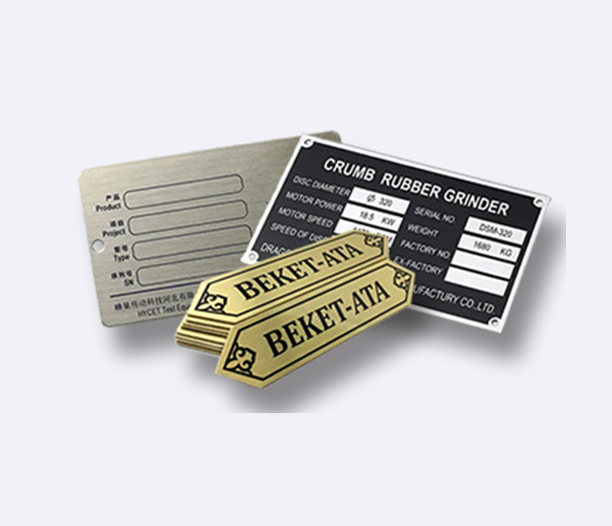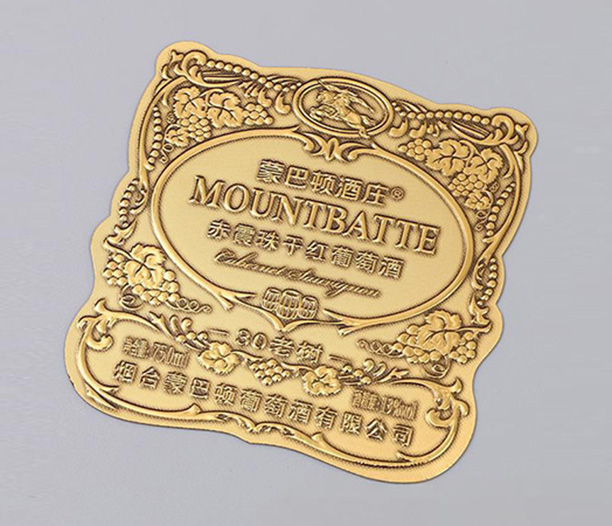Let’s face it: purchasing metal nameplates seems straightforward—until you realize how many ways things can go sideways. Whether you’re sourcing plates for industrial equipment, branding, or product identification, a single oversight can lead to wasted budgets, delayed projects, or even safety risks. To help you dodge headaches, we’ve compiled a no-nonsense guide to the most common mistakes people make when buying metal nameplates… and how to avoid them like a pro. Let’s dive in!
1. Skipping Material Research (Why Your "Metal Nameplate" Isn’t One-Size-Fits-All)
The phrase "metal nameplate" might sound generic, but materials matter way more than you think. Aluminum, stainless steel, brass, or zinc alloys each have unique strengths. For example:
- Aluminum: Lightweight, corrosion-resistant, and budget-friendly for indoor use.
- Stainless Steel: Ideal for harsh environments (think marine or chemical industries).
- Brass: Offers a classic, high-end look but requires maintenance to prevent tarnishing.
Mistake to Avoid: Assuming all metals perform equally. A stainless steel nameplate might survive a factory floor, but using aluminum outdoors in coastal areas? Hello, rust!
Pro Tip: Always match the metal nameplate material to your environment. Ask suppliers about oxidation resistance, weight limits, and industry-specific recommendations.

2. Ignoring Environmental Factors (Weather Isn’t Just Small Talk)
Your metal nameplate isn’t just sitting pretty—it’s battling UV rays, humidity, chemicals, or temperature swings. Yet, many buyers forget to ask: "Where will this live?"
- Outdoor Use: Opt for metals with protective coatings (anodized aluminum or powder-coated steel).
- High-Temperature Zones: Avoid plastics or adhesives; go for engraved or etched metal nameplates.
- Chemical Exposure: Stainless steel or specialty alloys resist corrosion better.
Mistake to Avoid: Overlooking coatings or finishes.
For long-lasting metal nameplates, prioritize environmental adaptability.
3. Underestimating Design Complexity (Pretty ≠ Functional)
Sure, that intricate logo looks stunning on your screen, but will it translate to a 3-inch metal nameplate? Design flaws like tiny text, low-contrast colors, or overly detailed graphics can render plates unreadable.
Fix It Fast:
- Use bold, sans-serif fonts for readability.
- Simplify logos to key elements.
- Test mockups in real-world conditions (e.g., dim lighting or from a distance).
Mistake to Avoid: Letting aesthetics override practicality. Remember: If the maintenance crew can’t read the serial number, your metal nameplate has failed its job.
4. Choosing the Wrong Attachment Method (Glue Won’t Save You)
“It’ll stick, right?” Famous last words. Adhesives, screws, rivets, or welding—each mounting style has its place:
- Adhesives: Great for smooth surfaces but fail under heat or moisture.
- Rivets/Screws: Secure for heavy machinery but leave permanent holes.
- Magnetic Backing: Handy for temporary plates (trade shows) but risky near electronics.
Mistake to Avoid: Not testing adhesion on your actual surface. That epoxy might work on stainless steel… but what about powder-coated equipment?
5. Overlooking Supplier Expertise (Not All Vendors Speak "Metal Nameplate")
A cheap online vendor might save you 50todaybutcost50todaybutcost500 in rework later. Key red flags:
- No portfolio of industrial projects.
- Vague answers about material sourcing.
- Can’t explain compliance standards (UL, ANSI, etc.).
Ask These Questions:
- “Can you provide samples for environmental testing?”
- “What’s your lead time for custom metal nameplates?”
- “Do you offer design optimization services?”
Mistake to Avoid: Treating metal nameplates as a commodity. Expertise matters for durability and compliance.
6. Budgeting Blindly (Cheapest ≠ Best Value)
Let’s break the myth: Metal nameplates aren’t “just labels.” Cutting corners often backfires:
- Low-Cost Engraving: Fades after six months of forklift exhaust.
- Thin Materials: Warp or crack under stress.
- Generic Coatings: Peel off, leaving plates vulnerable.
Smart Spending:
- Invest in thicker gauges for high-traffic areas.
- Prioritize laser etching over cheaper printing for longevity.
- Bundle orders to reduce per-unit costs.

7. Forgetting Compliance & Safety Standards (Oops, You’re Fined!)
Depending on your industry, metal nameplates might need to meet specific codes:
- UL Certification: Required for electrical equipment.
- ANSI Z535.4: Governs safety signage in workplaces.
- RoHS Compliance: Essential for products sold in the EU.
Mistake to Avoid: Assuming your vendor handles compliance automatically. Always request documentation.
Final Thoughts: Your Metal Nameplate Checklist
Before hitting “order,” run through this list:
✅ Material matched to environment?
✅ Design tested for readability?
✅ Attachment method secure?
✅ Supplier vetted for expertise?
✅ Compliance requirements met?
Metal nameplates might seem like a small detail, but they’re the unsung heroes of branding, safety, and equipment management. By dodging these seven mistakes, you’ll end up with plates that look sharp, last longer, and keep your projects running smoothly.






